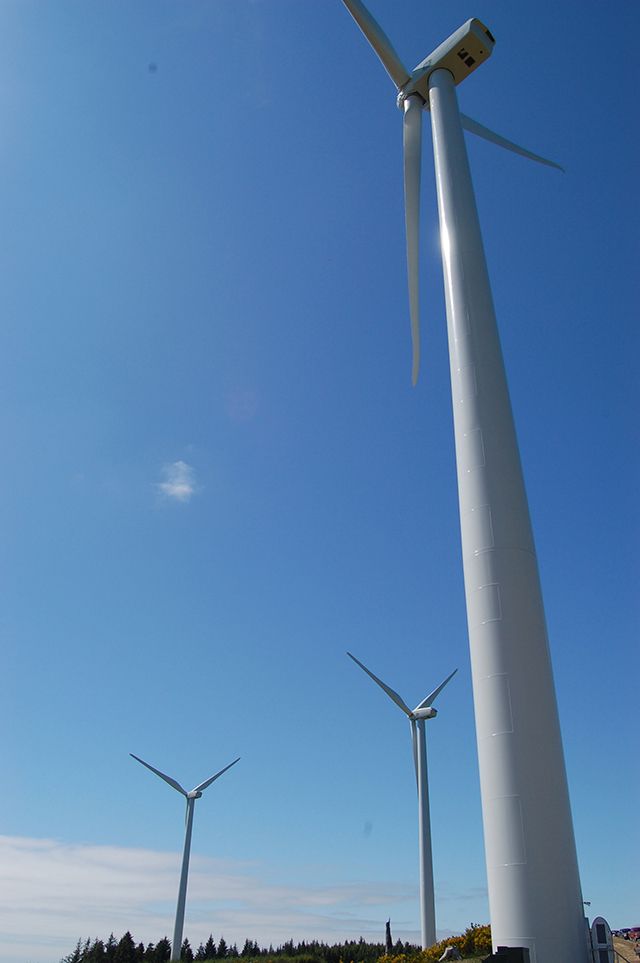The Grays Harbor PUD commission on Aug. 29, was presented with three options for meeting future requirements of Initiative 937 (I-937).
The Initiative passed in the 2006 elections, and requires large utilities to obtain 15 percent of their electricity from renewable resources such as solar and wind — but excludes hydropower, by 2020. It also requires that utilities undertake cost-effective energy conservation measures.
Steve Andersen, of EES Consulting Inc., presented study findings regarding options for three integrated resource plans. The purpose of the presentation was to present essential data and information in an easily understandable form.
“We want to get people to take a look at conservation and renewable energy sources,” Andersen said.
The presentation revealed the load forecast for Grays Harbor PUD service area is flat. That means through 2036 the average energy use will not go up, even though there will be projected increases in residential and commercial customers. It was shown these increases are offset by decreases in average consumption due to conservation measures.
Even though future energy needs will be completely met by the Bonneville Power Administration (BPA), the requirements of I-937 mandate an increase in the use of renewable resources (excluding hydro).
Currently PUD purchases energy from BPA through a contract that will expire in Sept. 2028. PUD also purchases energy on a contract from CCAP wind project which expires in 2030, Nine Canyons wind farm (2030), Sierra Pacific biomass generator (2022), and Frederickson natural gas turbines (2022).
All the options for renewable energy are more expensive than the BPA product, which costs $47 per megawatt hour (MWH). Wind and solar power cost over $100 per MWH, and the price for wave energy is over $300.
One practical option is to purchase renewable energy credits (RECs) from either eligible renewable resources or from the REC market. Market price for RECs are $43 per MWH at this time making them a real bargain. However, the prices varies according to the market.
Three portfolios options were presented to the commission: the first was to purchase energy from wind and solar projects; the second to purchase 50 percent wind and solar, and 50 percent RECs; the third to purchase all RECs.
Of the three portfolios, the third was by far the cheapest.
The study pointed out that wind and solar power purchased at higher prices would be excess to needs and would be resold at the lower market prices. Also considered was the likelihood of REC market prices to increase with time.
The presentation offered the following recommendations based on the study results: Do not decrease allocation rights with BPA, even though market prices are lower, as there is a risk of the market prices increasing.



